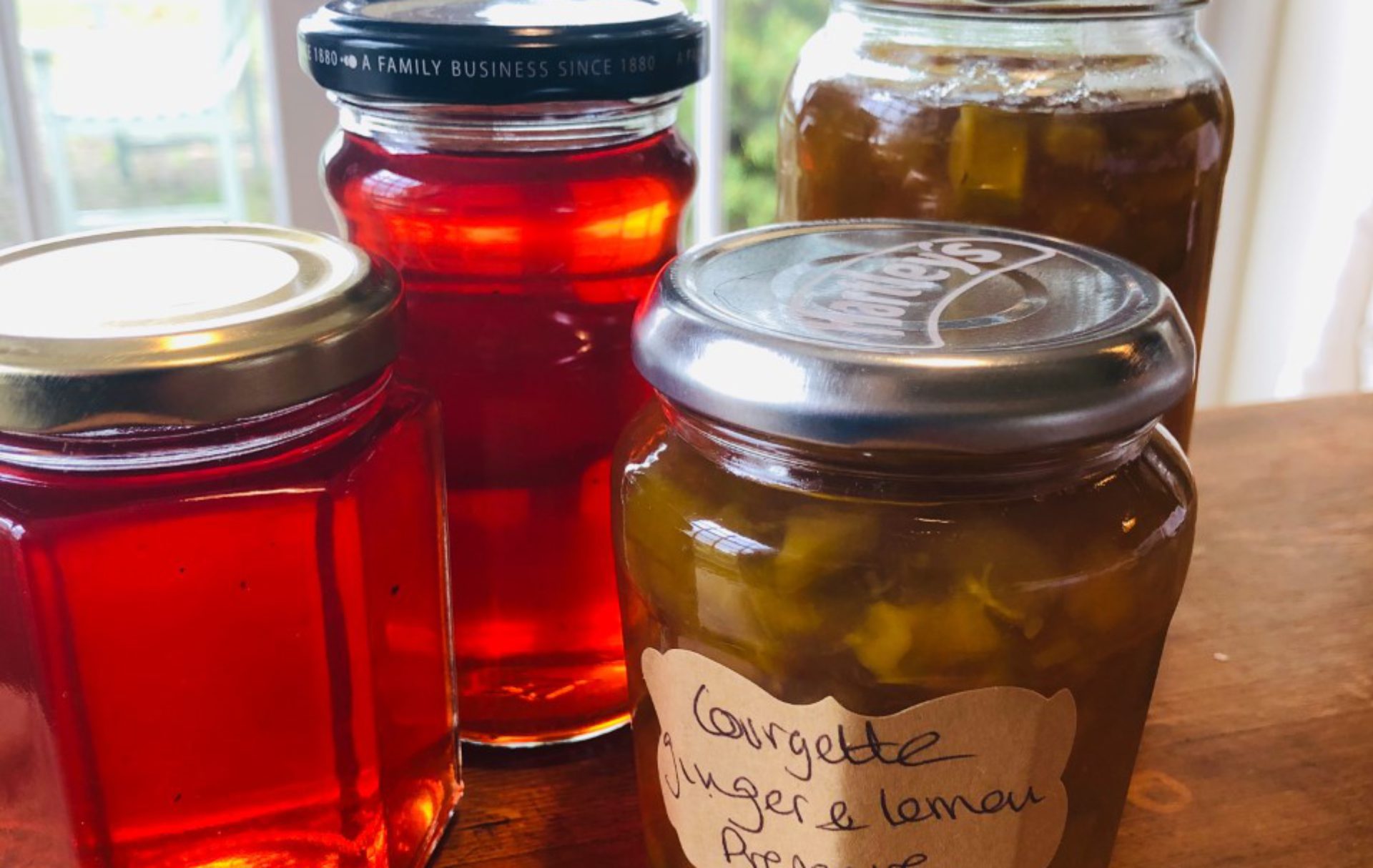General Showing Tips
- Please, please read the schedule very carefully checking the rules, dates and times.
- Check Your entry form
- Bear in mind that winning first prize is not everything and winning anything in a strongly contested category is very honourable. Be a good sport about results.
- Allow ample time for staging on the day.
- Collect your entry card(s) from the Show Secretary on the day and ensure that it is placed on your exhibit.
- Ensure uniformity of exhibits
- Cut flowers for showing in the evening or early morning of the show.
- Make slanted cuts in the flowers to enable them to take up water more freely
Showing Tips
Onions – uniform, well ripened, bulbs of good colour are required. Trim roots back to basal plate and either tie or whip the necks using uncoloured raffia. Use rings or soft collars to stage onions.
Potatoes – select medium sized specimens, equally matched with shallow eyes. Freedom from skin blemishes is essential. Wash very carefully in warm water – do not use a brush or a coarse cloth. Present on plate with the rose end outwards. Suggest covering with a cloth until the judging commences.
Cabbage – choose solid heads, clean, shapely and with a good waxy bloom. Leave approximately 50mm of stalk remaining and place the head towards the front.
Shallots – select firm, well ripened shapely bubs of good form that are round in cross section, thin necks and of good size and colour. Avoid over-skinning. Use soft collars or sand to stage.
French Beans – Select straight fresh tender pods with stalks of good colour, good size even length and uniform tails.
Runner beans – show fresh pods of uniform colour. Arrange pods on a plate or directly on the bench with stalks at one end and tails at the other. Cut pods from the vine with scissors ensuring that each pod has a portion of stalk.
Courgettes – choose young, tender, shapely and uniform fruits not less than 100mm or greater than 200mm long and approximately 35mm in diameter in any colour or in the case of round cultivars approximately 75mm in diameter. Stage flat with or without flowers attached.
Carrots – it is important to avoid those that have turned green at the top. Select long, uniform roots of good colour. Cut foliage leaving approximately 75mm of leaf stalk and neatly tie it. The foliage should be cut this way on all root vegetables.
Beetroot – choose even sized roots. Leave tap root but remove small side roots carefully. Wash very carefully.
Spinach/Chard – large, thick, fresh, undamaged leaves. Leave on a neatly trimmed stalk and present in a flat, fan shape overlapping the leaves.
Tomatoes – select fruit of the right shape, size and colour for the cultivar. Try to pick fruit that is equal in size. Fruit must not be overripe or green. Stage on a plate with the calyx uppermost.
Squash – select fully coloured, mature fruit with few blemishes. The stalk should be retained.
Cucumber – these should be a good fresh green colour with flowers and short stem still attached and unmarked. Display flat on plate.
Apples/Pears – choose large, similar sized, blemish free, well shaped fruits with stalks intact. Do not over polish.
Berries – should be picked as near show time as possible. Use scissors rather than fingers to pick soft fruit. Try to avoid over or under ripe fruit. Display berries symmetrically on a plate leaving stalks and calyxes attached.
Stone fruit (plums, gages) – large, fully ripe fruits, of good
colour, with bloom intact and having stalks. (Slight shrivelling in gages is not a defect).
Herbs – a minimum of 3 herb varieties should be used. Select fresh, healthy, clean, with no yellowing.
Displays of fruit and vegetables should be staged on a plain white paper plate.
Flowers and herbs – should be staged in plain vases appropriate to the size of the display.
Tips on showing other vegetables, flowers and fruit together with guidance on presentation, judging merits and defects can be found in the Horticultural Show Handbook published by the R.H.S.
Bakery items should be staged on a plain white paper plate. We will provide cake covers
Jams, Chutneys – should be presented in plain glass jars and clearly marked with their title.
RHS Definitions
Definition of a ‘dish’ of fruit and a list of the number of specimens to be shown in the ‘Vegetable not already mentioned’ class.
| Apples | 5 | Loganberries | 10 | |
| Apricots | 6 | Medlars | 5 | |
| Aubergines | 1 | Melons | 1 | |
| Blackberries | 10 | Mushrooms | 10 | |
| Brussels Sprouts | 10 | Parsnips | 3 | |
| Cauliflower | 1 | Peaches | 3 | |
| Celery | 1 | Pears | 3 | |
| Cherries | 10 | Peas (pods) | 6 | |
| Currants (strings) | 10 | Peppers (sweet) | 3 | |
| Damsons | 6 | Plums | 6 | |
| Florence Fennel | 2 | Quince | 3 | |
| Figs | 5 | Radishes | 6 | |
| Garlic | 3 | Raspberries | 10 | |
| Gooseberries | 10 | Rhubarb (sticks) | 3 | |
| Grapes (bunches) | 2 | Strawberries | 10 | |
| Kale (leaves) | 6 | Swede | 3 | |
| Kohlrabi | 3 | Sweetcorn | 2 | |
| Leek | 3 | Turnip | 3 | |
| Lettuce | 1 |
For other vegetables and fruit not listed please refer to rules 7 & 8 in the RHS Horticultural Show Handbook. Published by the Royal Horticultural Society.

